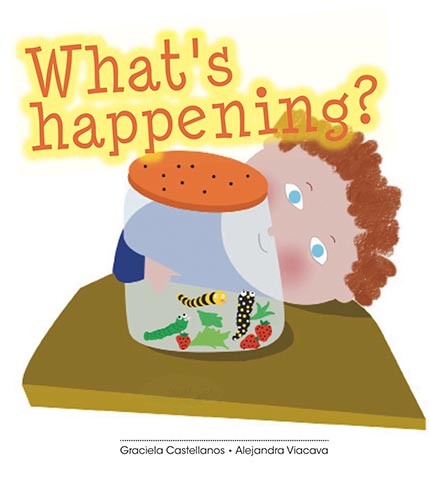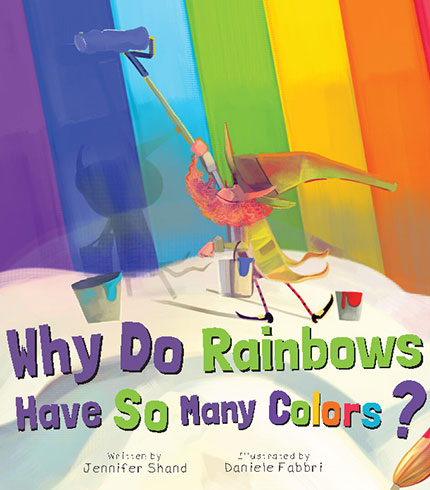Children are capable of understanding science, technology, engineering and math (STEM) concepts when they are less than a year old but these skills must be developed intentionally, according to a report released by The Center for Childhood Creativity (CCC) at the Bay Area Discovery Museum.
The authors of The Roots of STEM Success reviewed more than 150 studies and found that kids capable of developing complex thinking skills before they are even verbal. The report also found that different types of play are essential for developing skills critical for STEM fields, like curiosity, questioning and analysis.
Children are “developing theories about how the world works” from a young age, said Elizabeth Rood, the director of the Center for Childhood Creativity at the Bay Area Discovery Museum and the co-author of the report. Rood said parents and caregivers can help. “We want parents to see the ways that play and everyday life experiences can be building kids’ STEM thinking…if we can just become a smidge more intentional about the conversations we have, the questions we ask, and the experiences we provide.”
Here are some of the ways adults can encourage STEM thinking skills from an early age.
- Give children toys that have “manipulative elements” like balls and rattles. Ask children to control elements of these toys, like building higher towers or making the rattle softer or louder.
- Have children explain how simple tools in your house work, like a can opener or a door hinge.
- Allow infants to practice “repetitive play,” like dropping a spoon over and over, which helps the child learn about concepts like gravity long before they learn what gravity is.
- Give children time to practice four kinds of play: pretend play that involves a child using their imagination; exploratory play where children create experiments or take things apart; guided play where adults play and interact with children, and free play without an adult involved.
- Allow exploratory play (within reason and with safety in mind), even if that means a toddler may get dirty.
- Ask “why,” “what” and “how” questions as much as possible to push children to explain their thinking.
- Use complex and accurate vocabulary words, even with babies. Introduce them to words like “stable” when building a tower or “fragile” when touching objects.
- Teach children that they are constantly learning by encouraging them to say, “I can’t do this yet” instead of “I can’t do this.”
Rood said the research is clear that talking to kids about ideas and concepts is critical. “Find those everyday moments and talk with your kids and use big words and describe phenomena,” Rood said. “Don’t get so hung up on feeling like you have to teach them. Just have an experience with them that’s tapping into the wonder of how math and science and engineering is all around us.”



For more STEM resources for young children, check out Caribu’s in-app library. You can find dozens of books that ask the “Why?” “What?” and “How?” questions about the world, and that inspire scientific inquiry. Plus, check out books about animals, plants, environments, space, transportation, technology and more. Download the Caribu app to get started, and then choose some exciting books to read and discuss with your loved ones in a Caribu video-call.
You can read the complete article in The Hechinger Report.
Jackie Mader, Eight Ways To Introduce Kids To STEM At An Early Age, March 5th, 2018, https://hechingerreport.org/eight-ways-introduce-young-kids-stem-early-age/


